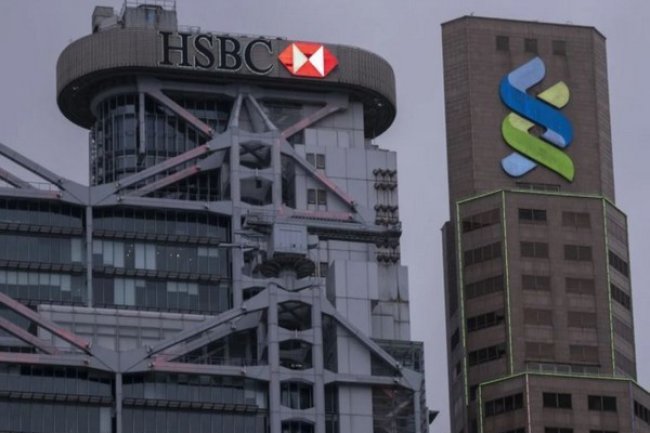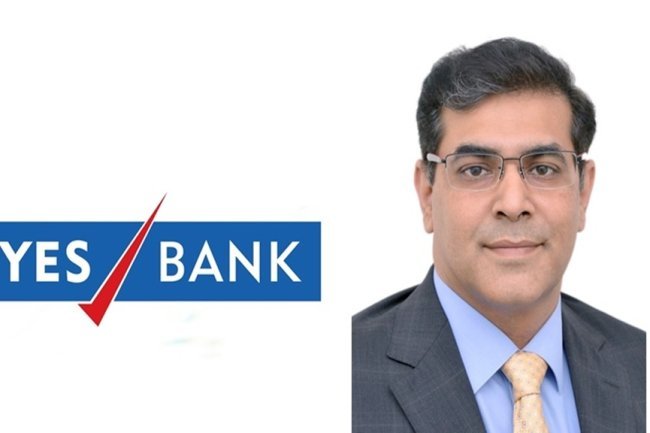UPI-Linked Credit: How Banks Can Lead the Pay Later Market in India
UPI-linked credit is poised to revolutionize India’s Pay Later market by offering a low-cost, convenient alternative to traditional credit cards. As digital payments dominate, banks can leverage their infrastructure and customer trust to tap into the growing demand for flexible financing options. With the introduction of new NPCI guidelines and the potential for expanded revenue streams, UPI-linked credit offers a significant opportunity for banks to lead the Pay Later space.

UPI-Linked Credit: How Banks Can Lead the Pay Later Market in India
India’s digital payment ecosystem has seen tremendous growth, with the Unified Payments Interface (UPI) at the forefront of this transformation. According to an AT Kearney report, the preference for digital payments is rapidly increasing, with 90% of consumers opting for digital methods for online purchases and 50% for offline transactions. This shift is especially prominent in discretionary spending, where more than 85% of people prefer digital payments over cash or other methods.
UPI has gained widespread acceptance across all regions and income levels, accounting for 65% of transactions in smaller towns and 75% in larger cities. However, despite its dominance, credit cards still remain the go-to option for high-value purchases due to their greater spending power and the perks they offer, such as cashback and rewards.
Despite the increasing use of credit cards for larger transactions, their penetration in India remains low, with only about 102 million credit cards in circulation. This is a major gap, especially when considering India’s large and growing middle class, which consists of roughly 432 million consumers with annual household incomes between ₹500,000 and ₹3,000,000.
The Rise of Pay Later Services
Pay Later services have emerged as a popular alternative to traditional credit cards, particularly among younger and tech-savvy consumers. These services offer quick approvals, flexibility, and access to credit without requiring a credit card. In India’s top six metro cities, 40% of consumers have already adopted Pay Later services, with smaller towns and cities offering significant growth potential.
The appeal of these services is their ability to eliminate the need for credit cards and offer flexible repayment options. By integrating credit directly into the checkout process, fintech companies and non-banking financial companies (NBFCs) have built strong relationships with both consumers and retailers, leading to higher conversion rates and increased spending.
UPI-Linked Credit: The Future of Pay Later Solutions
With UPI already dominating India’s payment landscape, the next step in its evolution is UPI-linked Pay Later services. These options allow consumers to access pre-approved credit lines through their UPI apps, creating a convenient and low-cost alternative to traditional credit cards. UPI-linked credit is designed to cater to consumers with loan requirements of up to ₹50,000, making it an ideal solution for the middle class, which has limited access to traditional credit.
Considering that only 10% of India’s population currently has a credit card, UPI-linked credit presents a massive opportunity for banks. By offering these services, banks can tap into an underserved segment of consumers who are eager for flexible financing options.
How Banks Can Monetise the Pay Later Market
Banks are in a prime position to dominate the Pay Later market by leveraging their existing infrastructure, customer trust, and financial expertise. By integrating Pay Later services into their existing UPI apps or banking super-apps, they can offer a seamless experience to their customers.
Banks also have access to extensive customer data, enabling them to offer tailored and responsible credit services. This data allows them to minimise the risk of defaults and provide flexible repayment plans that cater to individual needs. Additionally, by partnering with merchants for point-of-sale integration and using advanced risk and fraud management tools, banks can ensure that their Pay Later services are both scalable and sustainable.
The National Payments Corporation of India (NPCI) has introduced new guidelines, effective from October 16, 2024, which further enhance the appeal of UPI-linked credit. Banks will be able to charge an interchange fee of 1.2% on transactions made using pre-approved UPI credit lines, creating a new revenue stream. With lower fees than traditional credit cards, UPI-linked credit services are expected to attract more merchants and increase adoption rates.
Furthermore, banks can generate additional revenue through interest fees on late payments, enhancing their overall profitability. By adopting UPI-linked credit, banks can expand their service offerings, reach a broader market, and solidify their position in the Pay Later space.
The Road Ahead
As the Pay Later market continues to grow, banks need to move quickly to claim their share. By embracing UPI-linked credit, banks can tap into a rapidly expanding market, promote financial inclusion, and offer consumers greater purchasing power.
This integration represents a significant advancement in India’s digital payment ecosystem. Not only does it offer a flexible and convenient solution for consumers, but it also opens up new revenue opportunities for banks. As this technology continues to evolve and gain traction, UPI-linked credit has the potential to reshape the future of consumer credit in India, bridging the gap between traditional banking services and the needs of a modern, digital-first population.
Click Here to Visit
What's Your Reaction?
















